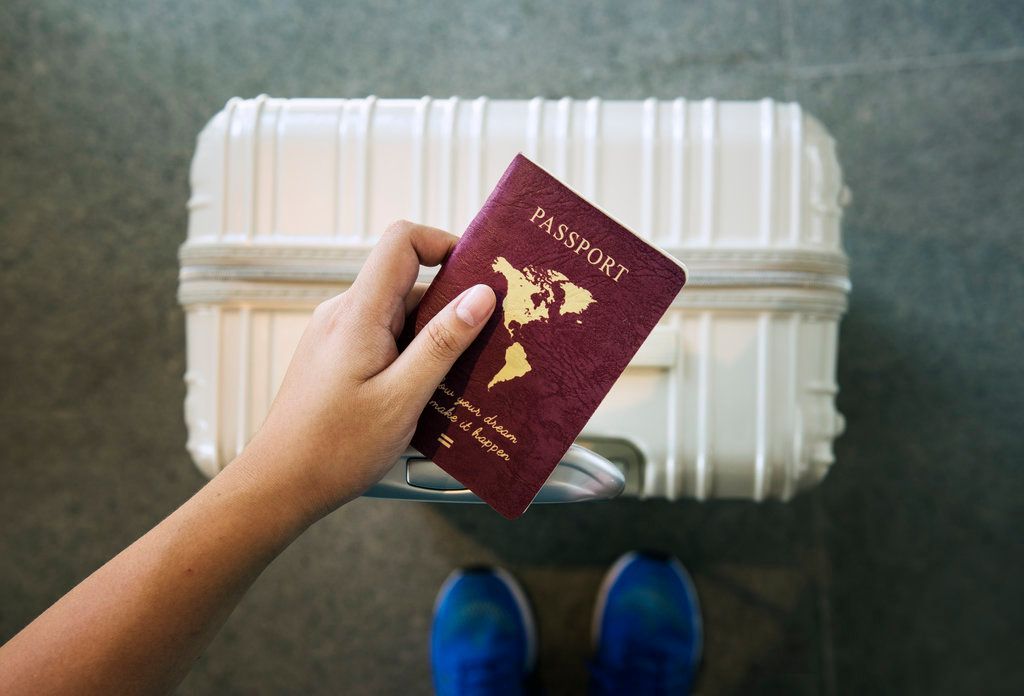Limitations of Human Translators in Language Accuracy
It goes without saying that solid documentation is required for a successful translation. When translating, this little investigation allows the translator to select the best/most appropriate version of a document. Texts have diverse qualities, layouts, and objectives depending on the field. The translator does not only translate the material; he or she also alters and interprets it. There are, however, certain limits in these situations:
Slow Speed
A human translator’s average speed is rather slow, and a computer can generally complete more work in the same period of time. Though the quality will undoubtedly fluctuate, the time to market is a critical consideration. You can be resourceful and utilize machine translation as a stopgap while human translators finish the job. To speed up the process, you might utilize machine translation as a foundation and merely proofread to correct the errors for a better quality of work.
Higher Costs
All firms must be cost aware, and utilising human translators frequently causes one to go over budget. This problem can be solved by picking a few critical sites that are worth investing in and having them translated by people, while the remainder is handled by machine translation.
Confidentiality
When you outsource anything, you run the danger of your secrets being revealed. When you entrust a work to human translators, the same principle applies. When employing a freelancer or contracting out an agency, you may at least ensure that they are respectable and trustworthy. One should have legal papers such as non-disclosure agreements and the like. It is not usually advisable to hire translators who work for your competition.
Quality of Work
Finding a skilled translator has its own set of difficulties. A translator should have some expertise of the subject of translation in addition to being fluent in both languages (source and target). Furthermore, a freelancer must be able to operate within a budget and have the necessary bandwidth to complete the assignment on time. There are a lot of criteria, which makes the procedure difficult.
Despite the fact that most words in most global languages have lexical or stylistic parallels, certain words cannot be adequately translated, or the phrases acquired via translation do not correlate. As a result, the translator must adjust and interpret the material in addition to his or her original responsibilities. Cultural, social, or political factors might make a translation less efficient, and the result, despite all efforts and documentation, may be less than ideal.
A translation’s constraints are the same as a translator’s or documentation work’s restrictions. It’s also true that not all texts are simple to translate, nor do they all have the same style or difficulty level. However, when there are contradictions across languages, fields, or social, economic, or political situations, translation constraints develop. These constraints vanish after careful documentation, ensuring that the translator receives the finest possible version of the text.

CONTACT US
MENU
BUSINESS HOURS
With In-Person Mobile Services or over the Phone/Email
24 HOURS
Smart Site Design & SEO Services by Green Lotus Agency











